Picture a serene yoga studio, sunlight streaming through large windows, illuminating rows of colorful mats. Among the students is Sarah, a 35-year-old avid runner and yoga enthusiast. As the class moves into Warrior III pose, Sarah feels a familiar twinge in her right hip, a nagging pain that’s been her unwelcome companion for months. Little does she know, she’s about to embark on a fascinating journey into the world of gluteal tendinopathy.
The Mystery of the Persistent Pain
For weeks, Sarah has been battling this stubborn pain in her right buttock, centered around her sitting bone (or as anatomists like to call it, the ischial tuberosity – try saying that five times fast!). It’s worse when she runs, especially uphill, and it makes sitting for long periods feel like she’s perched on a pincushion. Even her beloved yoga practice has become a minefield of potential pain triggers.
Sarah’s story is a classic tale of gluteal tendinopathy, a condition that affects the tendons connecting the powerful gluteal muscles to the pelvic bone. But why does this pain persist, even when Sarah has diligently followed her doctor’s advice to rest and ice the area? To unravel this mystery, we need to dive deeper into the fascinating world of tendon pain and the body’s overzealous alarm system.
The Gluteal Tendon: More Than Just a Pain in the Butt
Let’s start by exploring the star of our show: the gluteal tendon. Picture it as a robust suspension bridge, connecting the powerhouse gluteal muscles to the pelvic bone. This bridge isn’t just a static structure; it’s a living, adapting tissue, constantly remodeling itself in response to the demands placed upon it.
In a healthy state, this tendon is like a well-oiled machine, smoothly transmitting forces between muscle and bone. But when trouble strikes, it’s as if the bridge’s maintenance crew goes on strike. The normal process of breakdown and repair gets out of balance, leading to changes in the tendon’s structure and function.
The Pain Puzzle: When the Body’s Alarm Bell Gets Stuck
Now, here’s where things get really interesting. In cases of chronic tendon pain like Sarah’s, the problem often isn’t just with the tendon itself. Instead, it’s with the body’s alarm system – the pain signaling network.
Imagine Sarah’s body as a smart home with an over-enthusiastic security system. Initially, the alarm (pain) was triggered for a good reason – to protect the injured area. But now, even though the initial danger has passed, the alarm keeps blaring. The system has become hypersensitive, turning even normal, safe movements into perceived threats.
This phenomenon, known as central sensitization, is like having a smoke detector that goes off every time you cook toast. Sarah’s brain has turned up the volume on the pain dial and can’t figure out how to turn it back down.
The Curious Case of the Variable Pain
One of the most puzzling aspects of Sarah’s condition is how unpredictable the pain can be. Some days, she can run for miles with only mild discomfort. Other days, merely walking to her mailbox feels like a Herculean task. This variability is a hallmark of tendinopathy and highlights the complex interplay between the physical state of the tendon and the brain’s interpretation of signals from it.
The Holistic Approach: Treating More Than Just the Tendon
Understanding that Sarah’s pain isn’t just about damage to her tendon changes how we approach treatment. Instead of solely focusing on the gluteal area, we need to consider the entire system – from the tendon itself to the spinal cord and brain. Let’s explore some specific treatment strategies:
1. Progressive Loading Exercise: Think of this as rehabilitation boot camp for Sarah’s tendon. We start with gentle isometric exercises (contracting the muscle without moving the joint) to help calm down the pain response. As Sarah’s tolerance improves, we gradually introduce more challenging exercises. This might include:
– Isometric hip abduction holds against a wall
– Side-lying leg raises with progressive resistance
– Single-leg bridge exercises
– Step-downs from a small height, progressively increasing
2. Movement Retraining: We’ll work on changing how Sarah moves to reduce stress on the irritated tendon. This might involve:
– Gait retraining to improve hip control during running
– Practicing proper form for squats and lunges
– Learning to engage her core and gluteal muscles during daily activities
3. Pain Education: Understanding pain can be a powerful treatment in itself. We’ll teach Sarah about how pain works, helping her see it less as a sign of damage and more as an overly cautious warning signal. This might include:
– Explaining the concept of central sensitization
– Discussing how beliefs and emotions can influence pain
– Teaching strategies to calm the nervous system, like deep breathing and mindfulness
4. Manual Therapy: Hands-on treatments can help manage pain and improve mobility. This could include:
– Soft tissue massage to the gluteal muscles
– Joint mobilizations for the hip and sacroiliac joint
– Dry needling to address trigger points
5. Addressing Contributing Factors: We’ll look at the bigger picture of Sarah’s health and lifestyle. This might involve:
– Analyzing and adjusting her running technique
– Assessing and improving her posture during prolonged sitting
– Examining her sleep habits and stress levels
– Considering nutritional factors that might influence tendon health
6. Gradual Return to Activity: As Sarah’s symptoms improve, we’ll create a plan for her to safely return to running and yoga. This might include:
– A run/walk program with gradually increasing distances
– Modified yoga sequences that avoid aggravating positions
– Cross-training with low-impact activities like swimming or cycling
The Journey Continues: A New Perspective on Pain
As we conclude Sarah’s story, it’s important to remember that healing from gluteal tendinopathy is rarely a linear process. It’s more like tending a garden – requiring patience, consistent care, and an understanding that growth happens gradually, often in ways we can’t immediately see.
The next time Sarah unrolls her yoga mat or laces up her running shoes, she might still feel some twinges in her hip. But armed with a deeper understanding of her pain, she can approach it with curiosity rather than fear. She knows now that pain doesn’t always equal damage, and that her body’s alarm system is just trying to protect her – even if it’s being a bit overprotective.
And so, Sarah’s journey continues. With each stretch, each stride, and each moment of mindfulness, she’s not just rehabilitating her tendon – she’s retraining her entire pain system. It’s a journey of discovery, patience, and gradual progress. In the end, the goal isn’t just to silence the alarm, but to create a new harmony between body and mind, where every movement is a celebration of healing and resilience.
Remember, whether you’re a yoga enthusiast like Sarah or someone dealing with persistent pain in daily life, your pain story is unique. But with understanding, patience, and the right approach, you can rewrite that story – turning the troublesome tush into a tale of triumph, one step (or stretch) at a time.
-
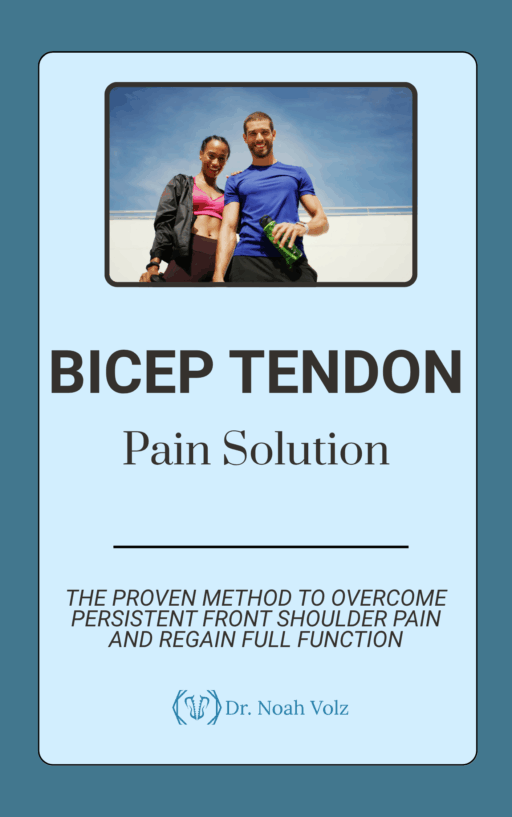
Bicep Tendon Pain Solution
$50.00 -

Centralized Low Back Pain
$50.00 -
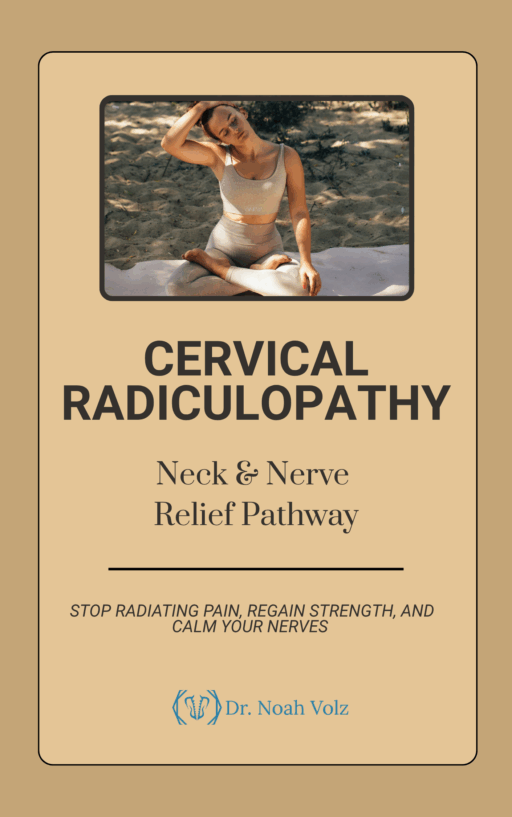
Cervical Radiculopathy: Neck and Nerve Relief Pathway
$50.00 -

Complex Low Back Pain
$50.00 -

Complex Radiating Low Back Pain
$50.00 -

Cross-Pattern Low Back Pain
$50.00 -
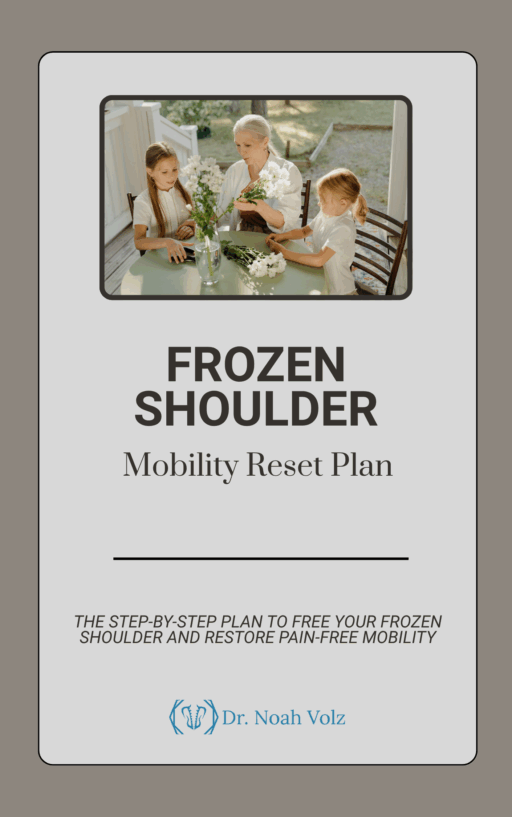
Frozen Shoulder Mobility Reset Plan
$50.00 -
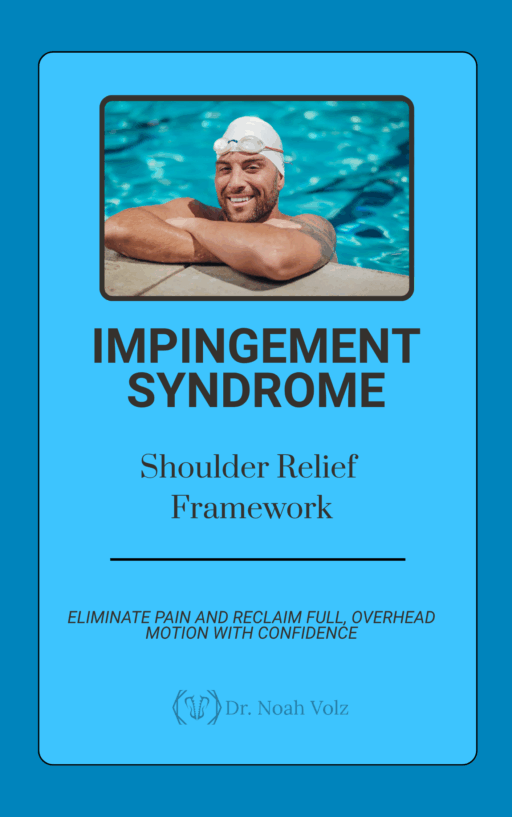
Impingement Syndrome: Shoulder Relief Framework
$50.00 -

Nerve Tension Low Back Pain
$50.00 -

One-Sided Radiating Low Back Pain
$50.00 -

Posture-Related Low Back Pain
$50.00 -
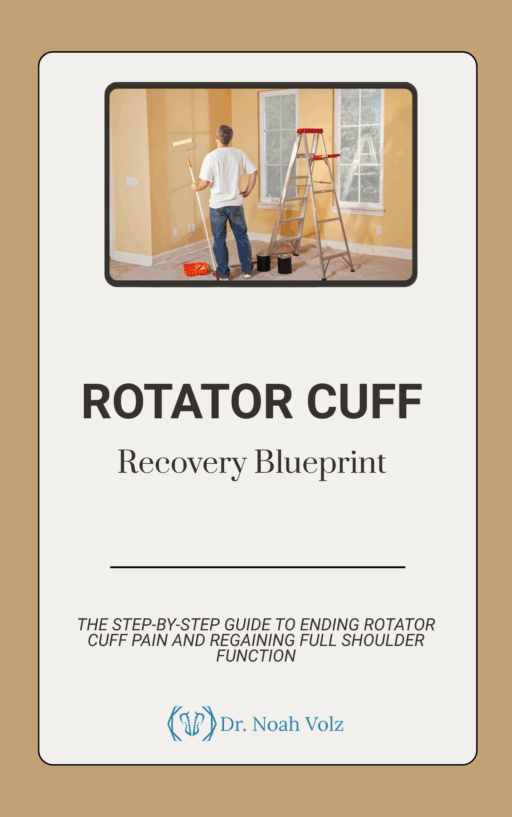
Rotator Cuff Recovery Blueprint
$50.00

